March 11, 2014 – Hard to believe we are sitting here tonight at Villarino’s Campground on our 20th Baja tour with another avid group of RVers excited about the road that lies ahead, keenly looking forward to new adventure and lots of fun. It seems just the other day we had our daughter Heather with us and we were scoping out campgrounds, beaches and RV parks across Baja drafting up the basics of what would become our 28 & 45 Day tours. Wow has time passed quickly!

Yesterday we took the new gang to the Mexican border and Imagrado Oficina to process their pre-Paid tourist Visa’s, all went well as expected without a glitch. On the way we met Mike & Kelly who had just crossed back into the US having spent 6 weeks on Baja, they were headed to Potrero County Park. Later at 3 pm we got together for our orientation and Rendezvous Reception. Mike & Kelly joined us, they met every group we had in 2014, everyone certainly enjoyed their company. Mike got to meet yet another retired Fire Fighter Tony, they are everywhere. The weather was much better for this event then last month, no one had to grab their coats or sweaters until well after the sunset. Later Mike & Kelly joined us for a game of Mexican Train, Kelly did very well, Mike not so much.
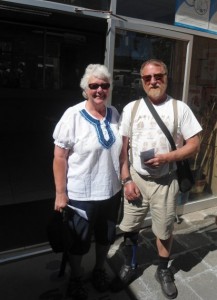
Today we departed for Punta Banda and Villarino’s Campground. The drive through Tecate was uneventful, this takes a while but we just take our time. Everyone got their first taste of driving with Mexicans in Mexico, always a exciting experience. We arrived at COSTCO about 11:30am, just in time for lunch and a little shopping. Shortly after 1pm we were on the road to Punta Banda, but first a fuel up. After setting up the RVs we were off to La Bufadora which was in great form today, lots of action. Ensenada had a cruise ship in the harbour so the vendors at La Bufadora were also seeing lots of action, particularly from the Spring Break crowd. I spoke at length with Darvy Gomez, he has a shop with likely the best selection of bumper stickers on Baja. I have not seen much of him this season as he has been engaged in court action attempting to keep the local Ejido from wrestling away the La Bufadora property including all the land where the shops are currently located. What a mess! The group are inside their RVs for the night as I write this blog.
Tomorrow another day of fun and adventure!
Did you know? “President Enrique Peña Nieto continued”
Legislative career State deputy: 2003–2005

After 1999, Peña Nieto went from having low-level secretary positions to higher and more qualified offices. In 2001, Montiel Rojas named Peña Nieto Sub-secretary of Interior in the State of Mexico, a position that granted him the opportunity to meet and forge relationships with top politicians in the Institutional Revolutionary Party (PRI) and wealthy businessmen from the State of Mexico. After his term concluded, he served as the administrative secretary, as president of the Directive Council of Social Security, as president of the Internal Council of Health, and as vice president of the National System for Integral Family Development – all in the State of Mexico.[33] Under the wing of Arturo Montiel Rojas, Peña Nieto formed a group known as the “Golden Boys of Atlacomulco” with other members of the PRI. He later ran for a local deputy position in his hometown of Atlacomulco in 2003 and won. Two years later, the Atlacomulco-natives: Carlos Hank Rhon, Isidro Pastor, Héctor Luna de la Vega, Guillermo González Martínez, Óscar Gustavo Cárdenas Monroy, Eduardo Bernal Martínez, Cuauhtémoc García Ortega and Fernando Alberto García Cuevas wanted the governorship of the State of Mexico. Although Peña Nieto was among the crowd, he was not poised as one of the favorites. Nonetheless, in 2005, Peña Nieto was the last man standing, succeeding Montiel Rojas as governor of the State of Mexico. On 12 February 2005, with 15,000 sympathizers in attendance, he was sworn in as candidate for the PRI.

Governor of the State of Mexico: 2005–2011 “608 commitments”
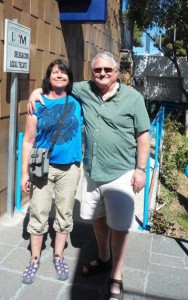
On 15 September 2005, Peña Nieto was sworn as governor of the State of Mexico at the Morelos theater in Toluca. Among the hundreds of attendes sat Arturo Montiel, the predecessor; the president of the Superior Court of Justice, José Castillo Ambriz; along with former governors, members of Peña Nieto’s cabinet and party, mayors, businessmen, and church figures. The centerpiece of Peña Nieto’s governorship was his claim that he was to deliver his compromisos – 608 promises he signed in front of a notary to convince voters that he would deliver results and be an effective leader. According to El Universal, during Peña Nieto’s first year as governor, his administration only delivered 10 of the structural promises he had advocated in his campaign – marking the lowest figure in his six-year term.
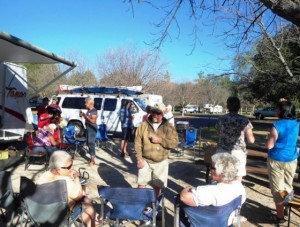
By 2006, his administration carried out 141 of projects, making that year the most active in the governor’s term. The 608 projects Peña Nieto proposed consisted of creating highways, building hospitals, and creating adequate water systems to provide fresh water throughout the state. The most important of these regarded highway infrastructure, which tripled under Peña’s government. By mid-2011, the official page of the State of Mexico noted that only two projects were left. The major projects in public transportation were the Suburban Train and the “Mexibús,” both of which served commuters between Mexico City and the State of Mexico, providing service to more than 300,000 people every day and 100 million a year. Regarding public health services, 196 hospitals and medical centers were built throughout the state and the number of mobile units to attend remote and vulnerable areas doubled. Deaths caused by respiratory diseases were reduced by 55%, while deaths caused by dysentery and cervical cancer were reduced by 68% and 25% respectively. In addition, between 2005 and 2011, the State of Mexico was able to fulfill the requirement of the World Health Organization of having one doctor for every 1,000 inhabitants. The funds for these and all the other commitments were obtained through restructuring the state’s public debt, a strategy designed by his first Secretary of Finance, Luis Videgaray Caso. The restructuring also managed to keep the debt from increasing during Peña Nieto’s term because the tax base was broadened to the point that it doubled in six years. In my opinion this is a very impressive record.


Former Presidents
As of March 2013, there are five living former presidents. The most recent former president to die was Miguel de la Madrid (1982–1988), on 1 April 2012. Miguel de la Madrid was the President when we first visited Mexico in 1985.
|
Name |
Term of office |
Date of birth |
|
Luis Echeverría |
1970–1976 |
17 January 1922 (age 92) |
|
Carlos Salinas de Gortari |
1988–1994 |
3 April 1948 (age 65) |
|
Ernesto Zedillo |
1994–2000 |
27 December 1951 (age 62) |
|
Vicente Fox |
2000–2006 |
2 July 1942 (age 71) |
|
Felipe Calderón |
2006–2012 |
18 August 1962 (age 51) |

Former presidents of Mexico continue to carry the title “President” until death but are rarely referred by it; they are commonly called ex-Presidents. They are also given protection by the Estado Mayor Presidencial. Former presidents are also given a lifelong pension, which they can refuse, as in case of Ernesto Zedillo.
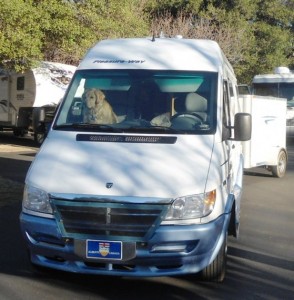
Contrary to what happens in many other countries, former presidents of Mexico do not continue to be important national figures once out of office, and usually lead a discreet life. This is partly because they do not want to interfere with the government of the new president and partly because they may not have a good public image. This tradition can be traced back to the presidency of Lázaro Cárdenas. Former president Plutarco Elías Calles had personally selected Cárdenas as his successor, and had hoped to control things from behind the scenes as he had for the last five years. However, when Cárdenas showed he was going to rule in fact as well as in name, Calles publicly criticized him, prompting Cárdenas to have Calles escorted out of the country by military police. Cárdenas himself remained silent on the policies of his successor Manuel Ávila Camacho, establishing a tradition that former presidents do not interfere with their successors.

For example, Ernesto Zedillo holds important offices in the United Nations and in the private sector, but outside of Mexico. It is speculated he lives in a self-imposed exile to avoid the hatred of some of his fellow members of the PRI for having acknowledged the PRI’s defeat in the 2000 presidential election. Carlos Salinas also lived in a self-imposed exile in Ireland, but returned to Mexico. He campaigned intensely to have his brother, Raúl Salinas, freed after he was jailed in the early days of Zedillo’s term, accused of drug trafficking and planning the assassination of José Francisco Ruiz Massieu. Carlos Salinas also wrote a book on neo-liberal Mexico, secured a position with the Dow Jones Company in the United States, and worked as a professor at several prestigious universities in that country.
Two other surviving former presidents, Luis Echeverría and Vicente Fox, still live in Mexico. On June 30, 2006, Echeverría was placed under house arrest under charges of genocide for his role as Secretary of the Interior during the 1968 Tlatelolco Massacre. The house arrest was lifted in 2009.


